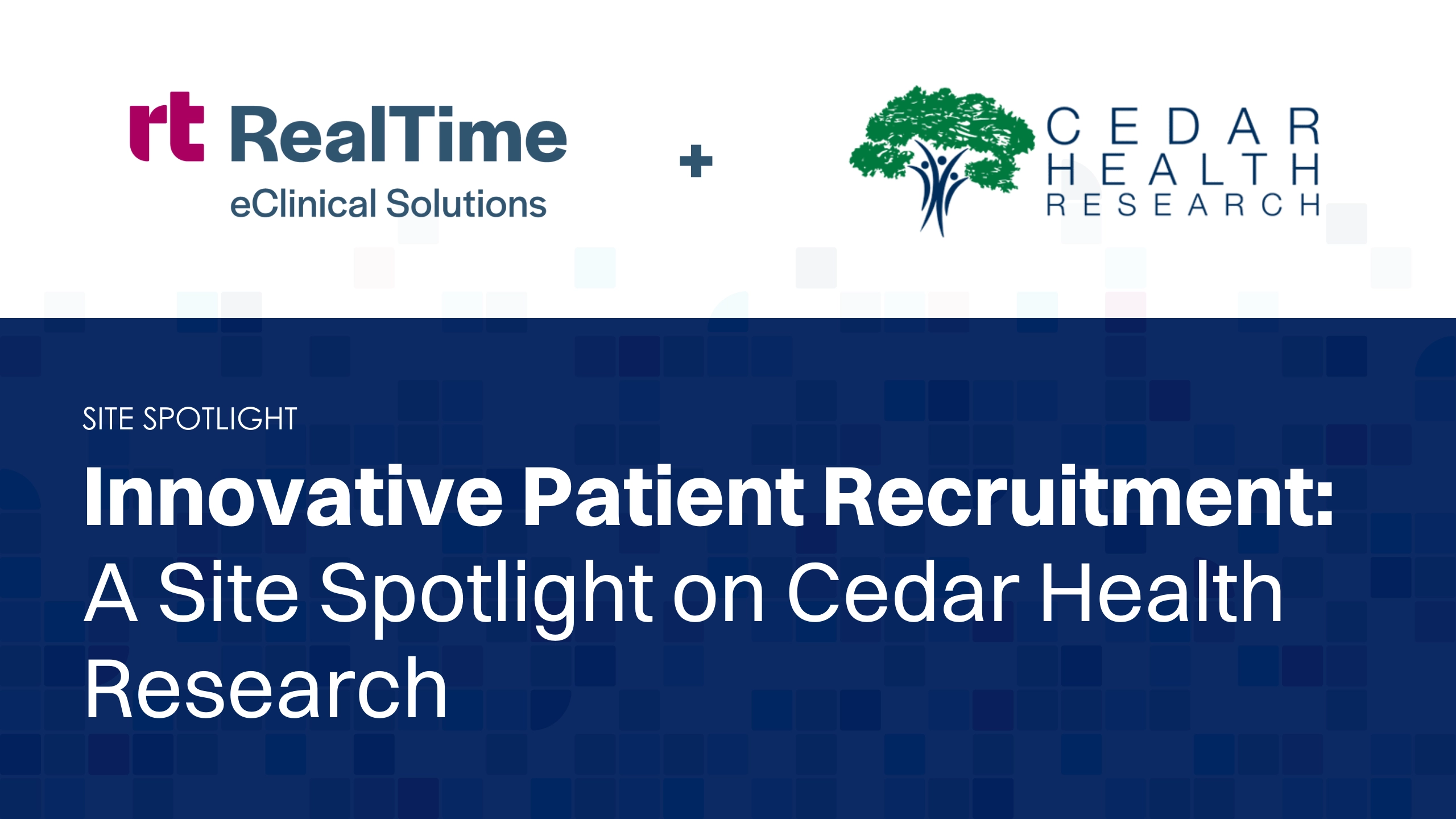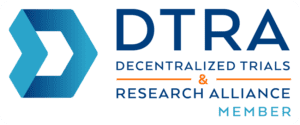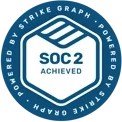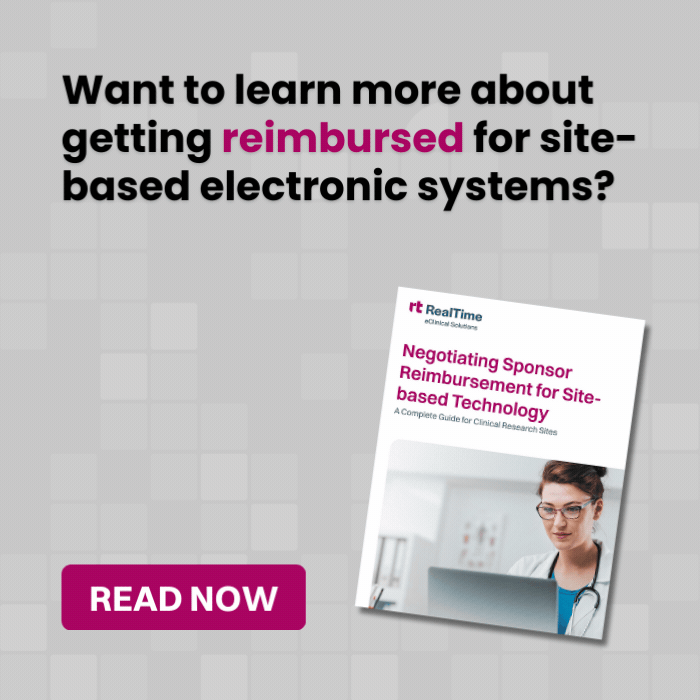The Irving Aging Well Expo in September 2024 drew over 2,000 attendees eager to learn about the latest in health and wellness, and Cedar Health Research (CHR) emerged as a standout participant. Leveraging a revamped patient recruitment strategy and the industry’s most comprehensive eClinical technology, CHR demonstrated how innovation and a fully integrated platform could transform clinical trial enrollment processes. This spotlight unpacks CHR’s experience toward improving patient recruitment through technology, highlighting their successes at the expo and the substantial benefits realized from this pivotal shift.
The Challenge of Traditional Recruitment Methods
Before embracing a total package, centralized eClincial solution, CHR faced significant hurdles in patient recruitment for clinical trials. The process was fragmented, relying on multiple, non-integrated systems that demanded substantial resources from various departments. This fragmentation led to three key challenges:
- Inefficient Processes: Staff members navigated through disparate platforms to manage patient interest, resulting in delays and increased workloads.
- Incomplete Patient Profiles: Vital patient information was scattered or missing due to the lack of integration, impeding effective follow-up and engagement.
- Low Conversion Rates: Despite hosting numerous community events throughout 2024, the absence of a streamlined process meant minimal scheduling of pre-screens or screenings and no patient randomizations.
These challenges emphasized the need for a more cohesive approach to patient recruitment, one that could enable greater efficiency, improve patient engagement, and ultimately increase trial participation.
Launching the Patient’s Recruitment Journey Initiative
Recognizing the necessity for change, CHR launched the Patient’s Recruitment Journey initiative in March 2024. The initiative aimed to implement a strategic process, that included leveraging a centralized eClinical platform, to create seamless experiences for both staff and patients. As part of this initiative, CHR adopted RealTime-SOMS, anchored by a powerful, enterprise-grade CTMS. The platform’s unified capabilities improved process efficiency by establishing a consistent workflow across all patient recruitment efforts, reducing redundancy and confusion. Additionally, it enhanced patient profile accuracy by standardizing data collection, ensuring that complete and accurate profiles were maintained within the CTMS.
Technology Integration at the Expo
At the expo, CHR rolled out its new recruitment process, utilizing several key technologies:
RealTime Recruitment Campaign Manager
This capability, as part of RealTime-CTMS, provided an integrated solution aligning the efforts of Clinical Trial Educators (CTE), Marketing, and Healthcare Professional (HCP) departments. It offered clear insights into campaign effectiveness and streamlined communication between teams, ensuring everyone was aligned and informed.
RealTime Web Application
The web application, another powerful component of RealTime-CTMS, standardized the required information for patient profiles, included specific inclusion/exclusion criteria questions, and allowed patients to receive immediate feedback on their eligibility. This immediate response not only enhanced the patient experience but also enabled staff to focus on qualified candidates.
Flexible Technology Deployment
Equipped with Microsoft Surface Tablets and mobile hotspots, CHR staff facilitated real-time data entry and patient engagement directly at the event. This mobility ensured that no potential participant was missed and that data was captured accurately and efficiently.
Impressive Results from the Integrated Approach

The impact of CHR’s integrated recruitment strategy at the expo has yielded impressive outcomes—all from just one event. From improved patient engagement to increased scheduling efficiency and better data utilization, the results were remarkable:
- 40 new complete patient profiles: CHR successfully collected accurate and comprehensive data from interested individuals within the CTMS, a significant increase compared to previous events.
- Rapid response times: The average initial response to web application submissions was reduced to mere hours, improving the patient experience and fostering trust.
- 8 patients scheduled for pre-screening visits: This marked a substantial improvement over past efforts, where no pre-screens were scheduled. It indicated a higher conversion rate from initial interest to actionable participation steps.
- Valuable patient database: CHR developed a repository of interested patients who, even if they did not qualify for current studies, could be matched to future trials. This proactive approach maximizes the potential of each engagement and builds a pipeline for upcoming research.
Seamless Staff Adoption and Workflow Integration
A critical factor in the success of CHR’s new recruitment process was the seamless adoption of the integrated eClinical suite by staff members. The user-friendly platforms and standardized workflows made it easier for staff to incorporate these tools into their daily routines. The impact was immediately clear to the team—seeing was believing. Benefits included:
- Staff no longer needed to manage multiple systems, freeing up time to focus on patient interaction and care.
- Streamlined processes meant tasks were completed faster and with fewer errors, improving overall productivity.
- RealTime’s unified platform facilitated better communication among departments, ensuring everyone was on the same page regarding recruitment efforts.
Unified System Benefits
The shift to RealTime-SOMS, an integrated eClinical platform that includes CTMS, eReg/eISF, eSource, Engage! (MyStudyManagerTM + eConsent), Pay, Text, and a mobile app, brought about numerous advantages. These benefits included reduced staff burden, improved patient retention, data-driven decision-making, and enhanced collaboration across departments. These improvements streamlined operations, allowing staff to work more efficiently, while also fostering better patient engagement and providing valuable insights that inform future recruitment strategies.
- By adopting a centralized system, CHR decreased the resource investmentrequired from multiple departments. This efficiency allowed staff to allocate their time and skills more effectively, improving job satisfaction and performance.
- Faster follow-ups and complete profiles increased the likelihood of patients remaining engaged and participating in trials. Patients felt valued and well-informed, which is crucial for retention in clinical research.
- Unified data allowed CHR to analyze recruitment strategies and campaign effectiveness more accurately. Insights gained from this data informed future initiatives, enabling more targeted and successful recruitment efforts.
- The integration fostered better communication and collaboration across departments. With shared platforms and clear workflows, teams worked cohesively toward common goals.
Wrap Up
CHR’s experience serves as a compelling example of how technology adoption can support better outcomes in clinical trial recruitment. Their proactive approach addressed the inherent challenges of traditional methods and showcased the potential for significant improvements in efficiency and patient engagement. Moreover, CHR’s success at the expo demonstrated the tangible benefits of a single, unified eClinical system.
CHR illustrates the impact of integrating strategic processes alongside purpose-built eClinical technology into clinical trial recruitment. By addressing the challenges of fragmented systems and inefficient workflows, CHR significantly improved its operations and patient interactions. As a top recruiting site, CHR highlights the importance of innovation, adaptability, and a patient-centric approach in clinical research. Today, CHR is well-positioned to make an even greater impact, advancing meaningful contributions and improving health outcomes in the communities it serves.
For more information about Cedar Health Research and its initiatives, visit their website or contact their team to learn how they are shaping the future of clinical trials through innovation and dedication: https://www.cedarhealthresearch.com/
